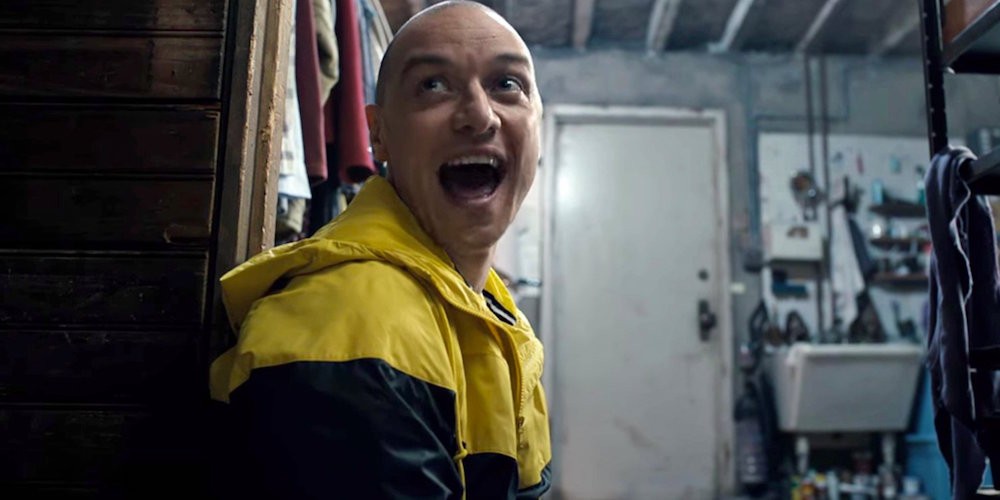The following column is the opinion of the author and in no way represents the opinions of Tiger Media Network or Fort Hays State University.
BY MARISSA CASTANOS
Welcome back! Today, we’ll be talking about how entertainment media portrays mental illness, specifically in popular movies. Over the years, numerous movies have been produced that star someone suffering from a mental illness. Don’t get me wrong, I think it’s a great idea to use movies to educate society on the struggles of having a mental illness, and the realities of being around someone suffering. But that’s not typically what happens in these movies.
It’s important to differentiate between movies made to entertain, and movies made to entertain AND educate. Let’s talk about the first category. In 2016, Split, a movie about a man with Dissociative Identity Disorder (DID) was released. This man had 24 personalities, abducted three teenage girls, and held them in a small room. Towards the end of the movie, one of his personalities grows into a literal monster, killing two of the girls and his psychiatrist.
Like I said, this movie was meant to entertain, not educate. But it’s movies like Split that give a negative image that they are dangerous to those with mental illness that they do not deserve. In reality, sufferers of mental illness are more likely to be the victim, rather than the one victimizing. One issue with movies like this and others portraying dangerous individuals with mental illness is that individuals who see these movies and have that same illness may not seek help.
However, not all movies have bad portrayals of those with mental illness. One movie in particular does an excellent job of showing what trauma can do to the human brain. Sybil, which was released in 1976, takes you through the life of a young woman with DID. Sybil dissociates multiple times throughout her day, often waking up somewhere she doesn’t remember traveling to. During one time in her life, she “woke up” and was two years older.
I believe that this movie is a great portrayal of this mental illness because it does not demonize Sybil, it demonizes her mother. Throughout the film, short bits are shown of Sybil as a young girl undergoing sexual, mental, and physical abuse from her mother. It was the years of abuse that caused Sybil to form different personalities, who “banded together” to keep her from remembering the abuse.
Dissociative Identity Disorder, though rare, is a mental illness that should be taken seriously. It is important to remember that even though someone with a mental illness may seem scary, they are highly unlikely to hurt those around them. It’s also important to remember that mental illness is common in our society, affecting around 1 out of every 5 people. Because of these numbers, it’s vital that we as a society do a better job of educating through films, rather than making sufferers of mental illness seem dangerous to society.
As always, if you or anyone you know is suffering from a mental illness, reach out to any of these contacts below, and be sure to come back next time as we discuss some of the most common mental illnesses: anxiety disorders.
- National Suicide Prevention Hotline: 1-800-273-8255
- Crisis Textline: 741-741
- Kelly Center, located in the basement of Picken, 1-785-628-4401

